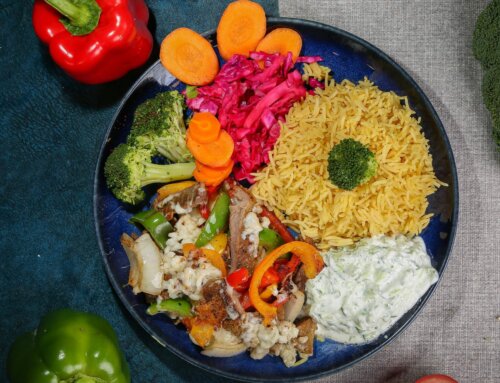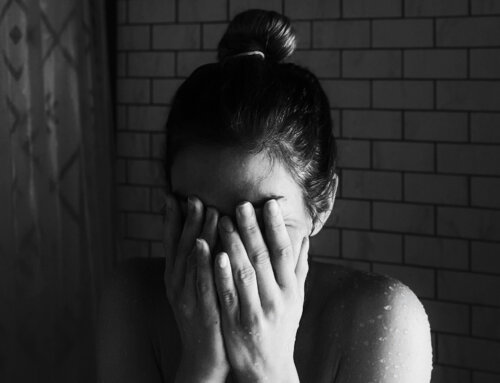 The Parshiot during this time of the year deal with the laws surrounding Tumah and Tahara. This blog shares a fundamental approach to these terms.
The Parshiot during this time of the year deal with the laws surrounding Tumah and Tahara. This blog shares a fundamental approach to these terms.
Whenever I teach brides the laws of Tumah and Taharah, I begin with the same question, “What are the first three words that come to your mind when you hear the word, ‘impure’?” Without fail, the answer contains the following (or very similar) words: ‘red’, ‘dirty’, ‘sullied’ or ‘defiled’.
And when I ask about the word, ‘pure’? They answer: ‘white’, ‘angelic’, ‘clean’ or ‘virgin’.
‘Pure’ and ‘impure’ are the most commonly used translations for the words, ‘Tumah’ and ‘Taharah’. However, they largely confuse the true meaning of these terms which are rooted in the Bible and Halacha – potentially resulting in some unwanted associations and effects.
The Rambam lists the eleven types of Tumah that appear in the Torah. These include a woman after childbirth, a man who has a discharge of semen, a woman who has her menstrual cycle, a human corpse and seven more.
As an example, once semen has left a man’s body, he feels a weakness. It is during that time that he is not able to have intercourse and partake in the giving of life. Another case is that of a woman after childbirth. The woman has just experienced the ultimate act of giving life and her body is now exhausted, as she is forced to take a step back in order to heal and rejuvenate.
The common theme that defines tumah here is that in both examples there is a weakening of the body due to a ‘touch of death’. The body has experienced a disconnect between body and soul. The soul is limited – unable to experience the full vibrance and creative forces of life. For a period of time, the body cannot serve the infinite and creative aspirations of the soul.
Tumah and Taharah are always expressions of life and death – where we are obligated to distance ourselves from death and, “…to choose life and sanctify it. Authentic Judaism as reflected in halakhic thought sees in death a terrifying contradiction to the whole of religious life” (Rabbi Joseph B. Soloveitchik, Halakhic Man, P31).
A woman who experiences the cycle of life and death each month through her menstrual period, cannot push away the reality of death – as she viscerally experiences the profound loss of potential – temporarily stripped of the ability to create life. I share with my brides that to be a Jewish woman is to consistently deal with matters relating to the potential for life and the reality of death.
But is death not too morbid? Is this not Man’s greatest fear? Why must we live with such a keen and constant awareness of the fragility of life?
At all times we are called upon to be sensitive to the blessing of life – that we can be active, creative and impactful in the world, with the knowledge that there is also a time and place for death. The spectrum of tumah and taharah demands that we do not shy away from these experiences. Indeed, when a person passes away, one of the greatest mitzvot is to swiftly look after the body with supreme respect. This affirms the power of the body as a vehicle for the neshama to be active and creative in this world. We are encouraged to utilise our precious bodies, our health and our physical stamina to do wondrous things.
To live a life of Taharah is to marvel at the power of the body as the platform for the soul to give, grow and sustain, while knowing that Tumah is the necessary ‘rest-stop’ along the way to retreat, rebuild and replenish on the exciting journey of growth and creation.
Sarah Bernstein is a Life Coach and Kallah Teacher. After an eight year Shlichut in Johannesburg, South Africa, she made Aliyah. She now works together with The Eden Center to teach, inspire and empower Jewish women. Sarah also runs courses where she teaches a Jewish approach to intimacy and healthy relationships. She lives in Tel Mond with her husband and two children.
Rebbetzin Sarah Bernstein is a certified Life Coach who specialises in Sexual Development and Education. Qualified by the Israeli Rabbanut through Machon Puah, Rebbetzin Sarah is a well-known Kalla Teacher and expert in this area. She served on the board of JME (Jewish Marriage Education) and is an experienced teacher of brides in areas of Taharat HaMishpacha, Shalom Bayit and Intimacy. Rebbetzin Sarah has developed Torah-Coaching Workshops around these topics and taught at various educational platforms.








Leave A Comment